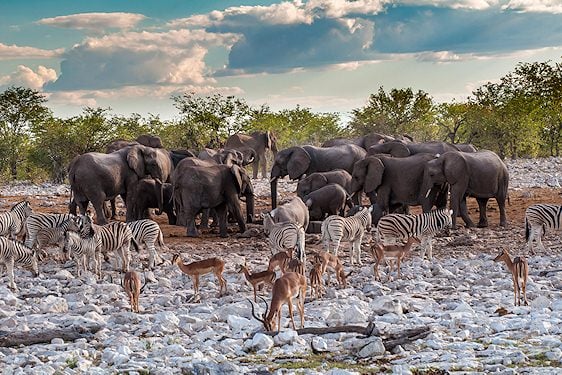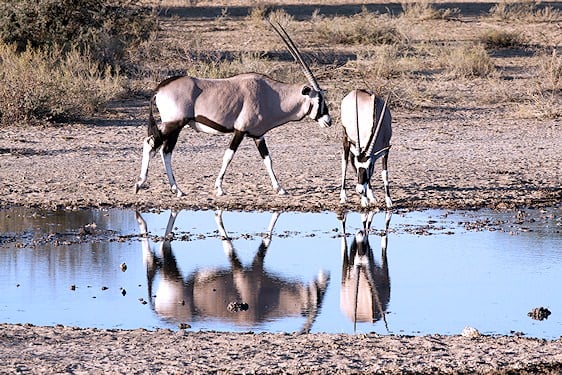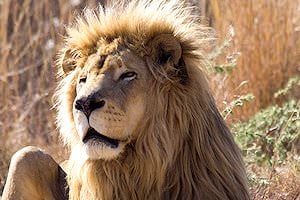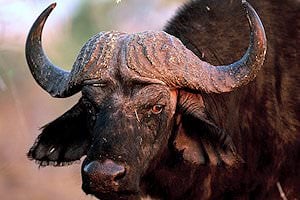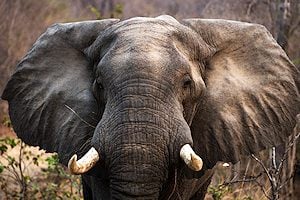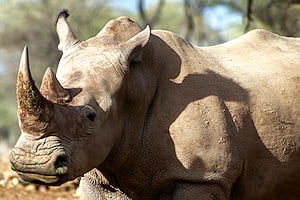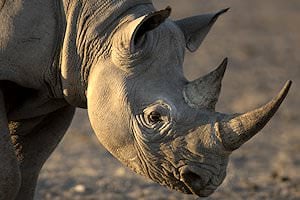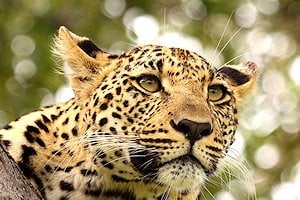Honey Badger
The honey badger is one of Africa's hardiest small mammal species and a formidable opponent to any predator. Spotting them on safari in Africa's wilderness is always a highlight.
Need Advice?- Home
- >>
- African Travel
- >>
- South Africa
- >>
- National Parks
- >>
- Kruger National Park
- >>
- Mammals
- >>
- Honey Badger
Description
The Honey badger is one of the most ferocious animals on the planet. Their fur is divided into two halves, with their back and the top of their head a light grey to white color, and their underparts, legs, sides, tails, and faces colored pitch black.

Distribution
They are found extensively throughout Africa, with many variations in color, size, build, and behavior, creating a diverse range of subspecies. They occur in all the countries of Southern Africa.

Status
They are of 'least concern,' This is backed up by their extensive distribution, relatively high adaptiveness, and lower amounts of habitat loss compared to other animals that depend on essential things within a habitat to survive. Despite this, their populations are on the decrease. It may be due to their naturally low population density combined with the new threat and competition human settlements pose in the ecosystems they have settled. Their natural strength and fearlessness have proved to tribal doctors that they have medicinal value. To this day, they are hunted for this reason in rural parts of Africa.

Habitat
They can live in virtually every habitat. Deserts, rainforests, woodlands (including miombo woodlands), savannas, and floodplains host these magnificent animals. If they are residents in the area, it benefits some other species. Their diet of insects, scorpions, spiders, and snakes of all sizes and toxicity levels is beneficial when competition for more desirable prey exists. The altitude limit of habitats they reside in is a staggering 4000m, which includes most mountainous areas.

Social Organization
Behavioral studies indicate that, like some small antelope species, they continuously mate with the same partner throughout their lives and sometimes live in pairs. They don't generally fight over mates for this reason, and different couples typically stay out of each other's way as far as possible. They have a territory they regularly and vigorously mark with their anal sac gland secretions – a fundamental structure in olfactory marking. They don't easily attack objects or animals that come near them or their territory. They may ignore vehicles passing and keep their cool even in dangerous situations.
Finest Safari Areas in Africa for Encountering Honey badger
We recommend the following National Parks and Private Reserves for the best chances of spotting the honey badger on safari game drives and bush walks.

Social Behavior
Invertebrates are their primary choice of food, and much of their day is occupied by foraging between tree roots and under rocks for worms or other nutritious snacks. They also like to indulge in honey, along with snake meat. The venom of some of Africa's most dangerous snakes has no life-threatening effect on these animals, who always hunt and kill snakes single-handed. Pairs communicate with each other and other animals in an olfactory, visual or vocal manner, using their scent glands, body language, and strong voices, which produce various calls with different meanings. Typically, calls are when they are in distress.

Reproduction
Honey badgers mate in secret, and because of this, there isn't much known about their courtship and mating habits. What is known is that a mother typically gives birth to a litter of 1 to 4 offspring, all of which will be born within dense, soft vegetation where they can be protected, groomed, and fed by their mother in the first few weeks of their lives. The gestation period of a female honey badger is around six months, quite a short period considering these animals regularly reach ages above 20 or even 25 years of age, despite their size.

Anti-Predator Behavior
They weigh around the same as jackals, and cat species like servals. Still, their courage, ferocity, and fearlessness have made them one of the few species in Africa not to have a natural enemy or predator. They push aside even lions. These two species are, however, a good match for one another when they get into a fight. Lion males have killed a few honey badgers, but when they did, they paid in full for the victory with a set of injuries that might take a few weeks to heal.

